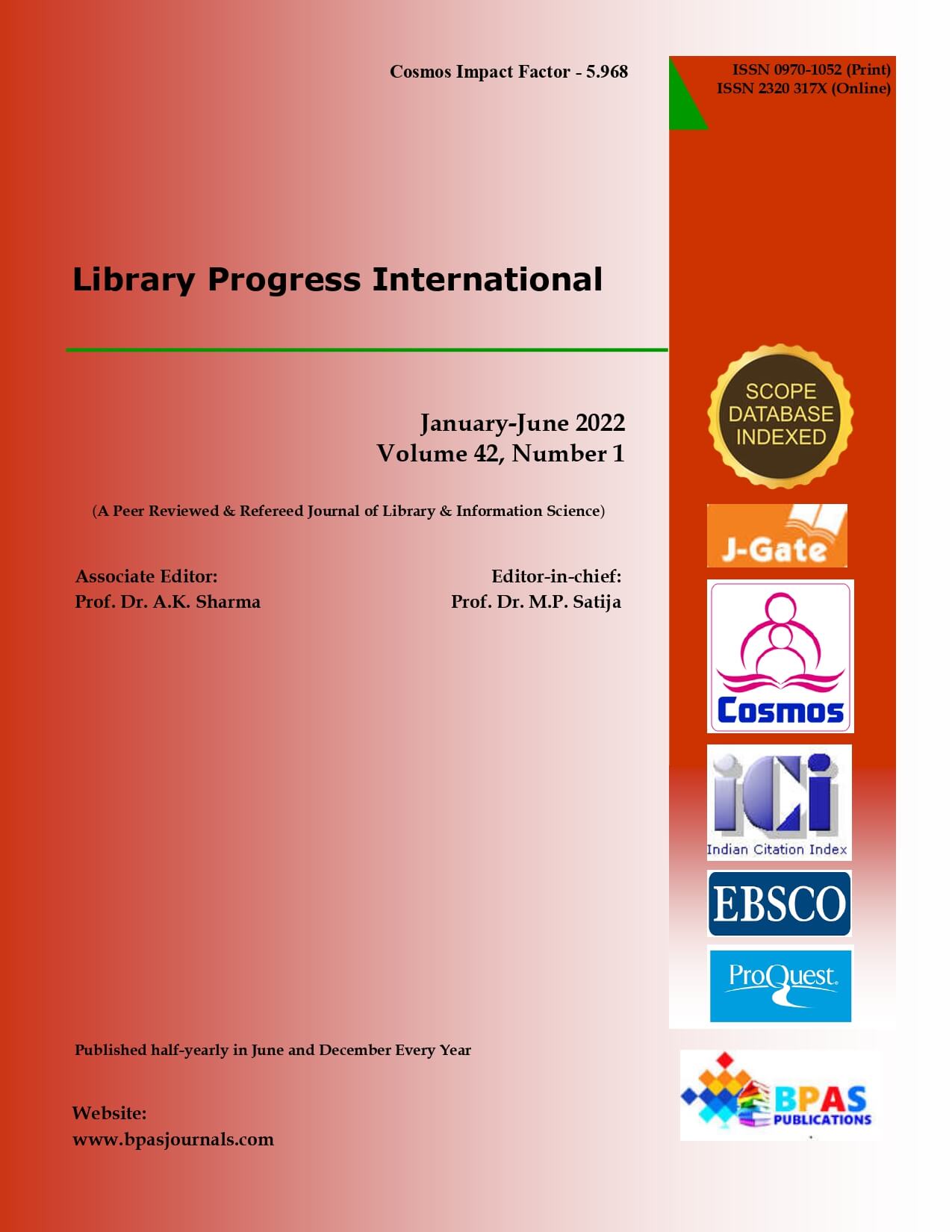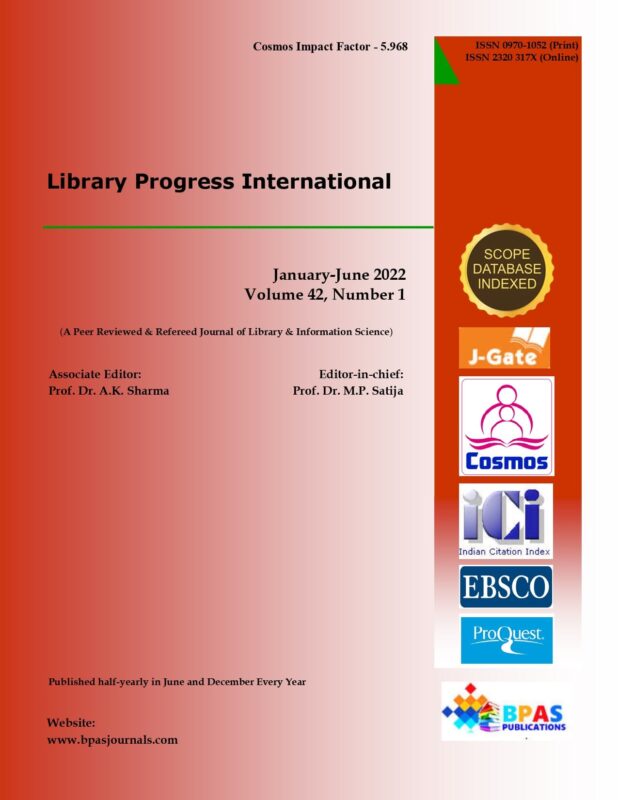Cost-Benefit Analysis of Library Automation Project: A Case Study of Rabindra Library, Assam University Silchar
9.38$
Year : 2022,
Volume & Issue : LIB PRO. 42(1), JAN-JUN 2022
Page No. : 130-143,
Article Type : Original Aticle
Article DOI : 10.5958/2320-317X.2022.00014.9 (Received on 14.12.2021, Revised on 04.03.2022, Accepted on 07.03.2022)
Description
Rajesh Rangappa Aldarthi*, Prof. Manoj Kumar Sinha**
Author’s Affiliation : *Assistant Professor, Department of Library and Information Science, Assam University, Silchar (A Central University), Assam 788011, India. **Dean, Swami Vivekananda School of Library Science’s, HoD, Department of Library and Information Science, Assam University, Silchar (A Central University), Assam 788011, India.
Corresponding Author : Rajesh Rangappa Aldarthi, Assistant Professor, Department of Library and Information Science, Assam University, Silchar (A Central University), Assam 788011, India.,
E-Mail:-rajesh.aldarthi@gmail.com


